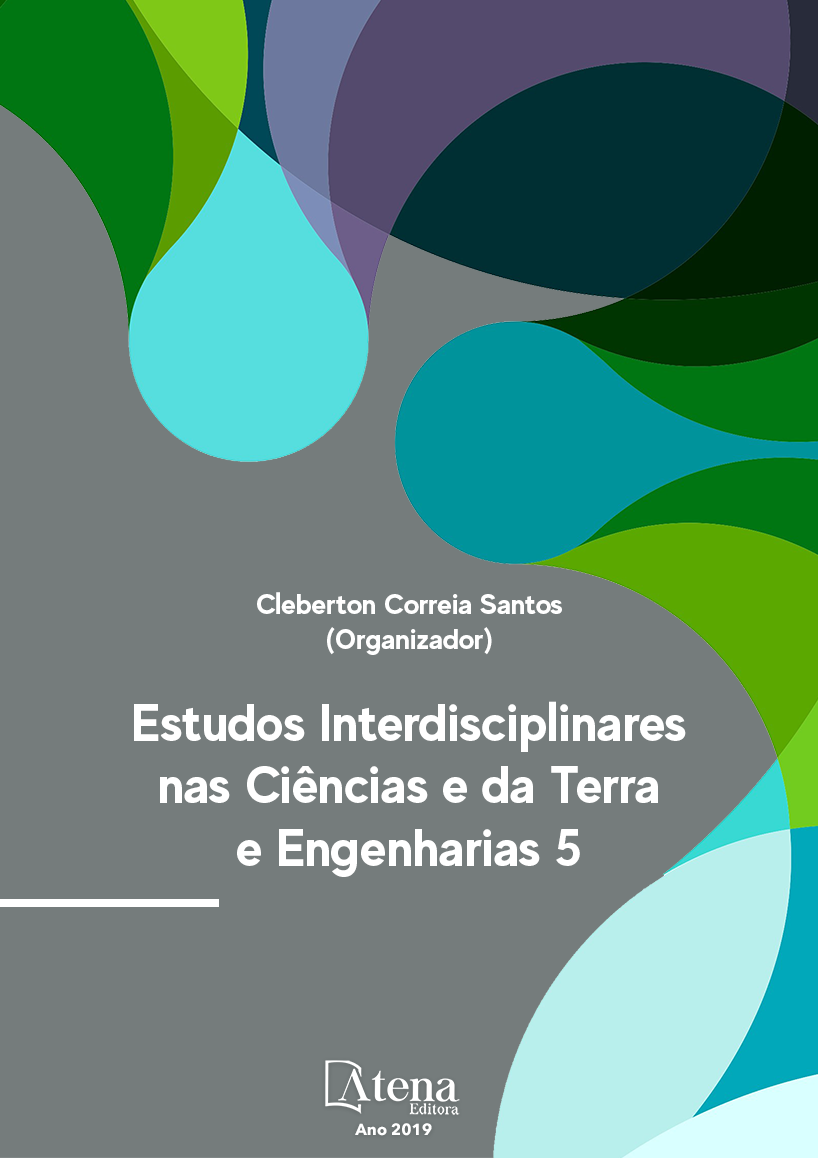
ANÁLISE DA RESISTÊNCIA À PUNCTURA DO COBRE POR ENSAIO PADRONIZADO DE ULTRAMICRODUREZA
O cobre é um dos elementos de
grande valor e importância na indústria, sendo
aplicado devido a sua facilidade de obtenção,
boa condutibilidade térmica e elétrica, além da
capacidade de trabalhabilidade deste material
quando em temperatura ambiente. Este trabalho
tem por objetivo analisar as características
superficiais do cobre quando submetido
a punctura, analisando sua resistência
mecânica à penetração por indentador e em
função do tratamento superficial recebido. A
amostra foi analisada em microscopia ótica
em diversas fases durante o tratamento
superficial recebido e submetido a ensaio de
ultramicrodureza variando a carga aplicada
em 4 valores específicos. Os resultados
apontam uma melhoria significativa da amostra
quando submetido a tratamento superficial de
lixamento e polimento com alumina, reduzindo
drasticamente as rugosidades superficiais.
Observou-se que o ataque com cloreto de
ferro hexahidratado proporciona uma melhor
visualização dos contornos de grão a partir dos
25 segundos de imersão da superfície.
ANÁLISE DA RESISTÊNCIA À PUNCTURA DO COBRE POR ENSAIO PADRONIZADO DE ULTRAMICRODUREZA
-
DOI: 10.22533/at.ed.23219110937
-
Palavras-chave: Cobre, Ultramicrodureza, Resistência à penetração, Tratamento Superficial.
-
Keywords: Copper, Ultramicrohardness, Puncture, Surface treatment
-
Abstract:
Copper is one of the elements
of great value and importance in the industry,
being applied due to its ease of production,
good thermal and electrical conductivity,
and the workability of this material when at
room temperature. This work aims to analyze
the surface characteristics of copper when
subjected to puncture, analyzing its mechanical
resistance to penetration by indentor and as
a function of received surface treatment. The
sample was analyzed under optical microscopy in several phases during the surface
treatment and submitted to ultramicrohardness test varying the applied load in 4 specific
values. The results indicate a significant improvement of the sample when submitted to
surface treatment of sanding and polishing with alumina, drastically reducing surface
roughness. It was observed that etching with hexahydrated iron chloride provides a
better visualization of the grain boundaries from the 25 seconds of surface immersion.
-
Número de páginas: 15
- Denise Dantas Muniz
- Eliandro Pereira Teles
- Danielle Guedes de Lima Cavalcante
- Ricardo Alves da Silva
- Eduardo Braga Costa Santos


